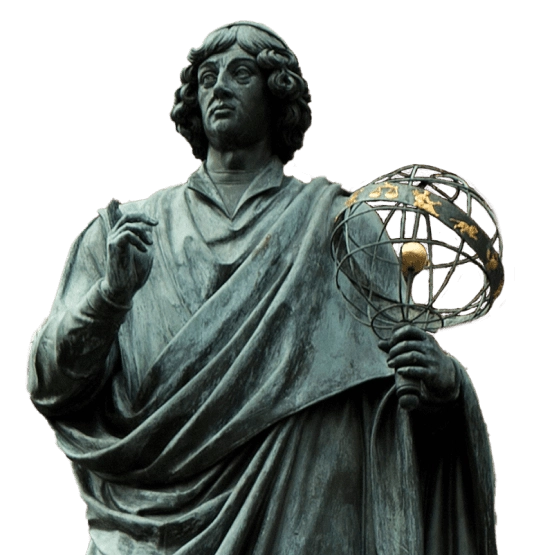NASA has announced that for the first time the James Webb Space Telescope has captured bright auroras on Neptune. In the past, astronomers have only observed faint hints of auroral activity on Neptune, such as during the 1989 flyby of the Voyager 2 probe.
Auroras are formed when energetic particles, often originating from the Sun, become trapped in the planet’s magnetic field and eventually strike the upper layers of the atmosphere. The energy released during these collisions creates a distinctive glow.

The data was obtained in June 2023 using Webb’s Near Infrared Spectrograph. In addition to the image of the planet, astronomers obtained a spectrum to characterize the chemical composition and measure the temperature of the planet’s upper atmosphere (ionosphere). For the first time, they found an unusually clear emission line indicating the presence of trihydrogen cation (H3+), which can be formed in auroras. In Webb’s images of Neptune, the glowing auroras appear as splotches represented in cyan.
Source: NASA.





